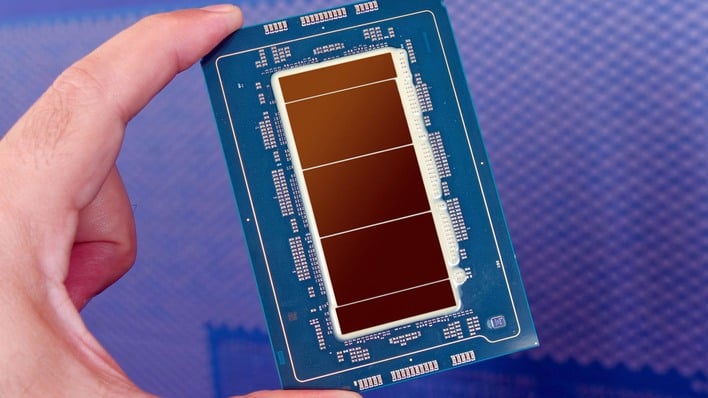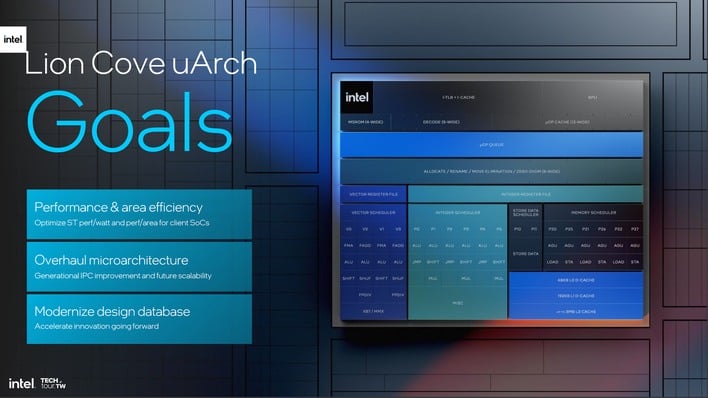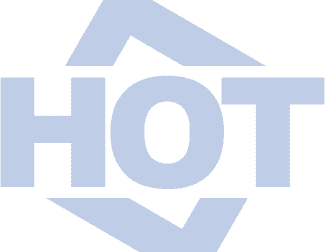Intel Vows To Bring Back Hyperthreading To Boost Competitiveness In The CPU Wars
As enthusiasts, that's not the most interesting part of the post, though. When outlining his "Strategic Pillars of Growth" for Intel, item 2 is "Revitalize the Intel x86 Ecosystem." He notes that Panther Lake is the company's top priority, and that Nova Lake intends to "close gaps" in the high-end desktop space, despite that it doesn't exactly appear to be what we would normally consider a "high-end desktop" processor. He then goes on to say this:
"In data center, we are focused on regaining share as we ramp Granite Rapids while also improving our capabilities for hyperscale workloads. To support this, we are reintroducing simultaneous multi-threading (SMT). Moving away from SMT put us at a competitive disadvantage. Bringing it back will help us close performance gaps."
Well, that's quite curious, isn't it? After all, the only processors Intel has shipped without SMT are its Sierra Forest family, the Xeon 6700E series with up to 144 cores. Those chips are based on the Crestmont architecture which was also used for E-cores in the first-gen Core Ultra CPUs, better known as Meteor Lake. E-cores, as usual, don't have Hyper-Threading. So is that what Tan is talking about? Is Clearwater Forest going to have Hyper-Threading?
Or was he talking about the company's upcoming Diamond Rapids processors? Many leaks have suggested that Diamond Rapids will offer as many as 192 Lion Cove P-cores. Based on the fact that these chips use Lion Cove, many outlets have reported that Diamond Rapids will not have Hyper-Threading, as the Lion Cove CPU cores in both Lunar Lake (Core Ultra 200V) and Arrow Lake (Core Ultra 200H/S) do not have Hyper-Threading.
However, when were briefed on Lion Cove at Computex 2024 for the launch of Lunar Lake, we were very specifically told that the removal of Hyper-Threading was to maximize PPA on Lunar Lake and that server implementations of Lion Cove would continue to support Hyper-Threading. While they are the same core architecture, that doesn't mean they are identical.
For example, Lion Cove as implemented in Arrow Lake is a bit faster in terms of IPC than Lion Cove as implemented in Lunar Lake, and Intel was clear about that back in 2024. Were Intel's CPU engineers mistaken about their own roadmaps? For its part, Intel hasn't said anything about Diamond Rapids and SMT on the record, and we have no particular knowledge about those chips or their capabilities.
Of course, it's also possible that Lip-Bu Tan was in fact talking about the company's client processors, but that seems the least likely to us considering that he specifically mentions data center CPUs. Still, there are persistent rumors that Intel will be dropping its hybrid core design and moving to a unified CPU core, similar to how things used to be, circa 2028. If that's true, then perhaps Tan really means "for all Intel CPUs," not just for the data center.
Whatever he actually meant, we won't know for sure until Intel starts shipping products. Hopefully the company can get the lead out and move some chips based on 18A this year.



